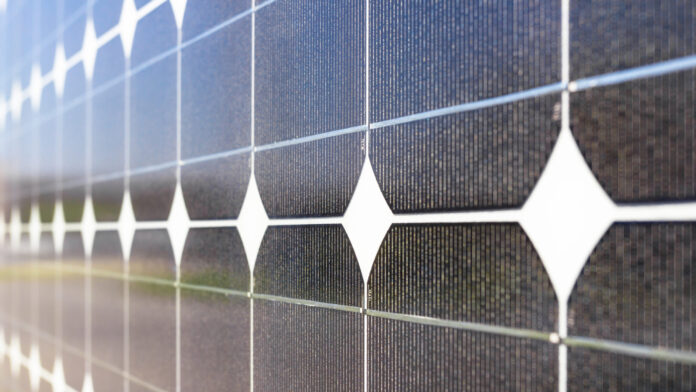Perovskite and Organic PVs in the Race for Efficiency
Solar power has long been hailed as the cornerstone of the global clean energy transition. For decades, silicon-based solar cells have dominated the market, delivering steady improvements in efficiency, durability and cost. Yet as the world races to meet climate targets and electrify entire economies, traditional solar technologies may no longer be enough. In labs and pilot projects across the globe, a new generation of solar materials, perovskites and organic photovoltaics (OPVs), is emerging, promising lighter, cheaper and more adaptable alternatives to conventional panels.
The breakthrough in perovskite materials has ignited extraordinary interest in recent years. Perovskites are a family of crystalline compounds that can absorb light across a broad spectrum and convert it into electricity with remarkable efficiency. In just over a decade, laboratory perovskite cells have surpassed 26 percent efficiency, rivaling the best silicon cells. What makes them particularly compelling is how they can be manufactured using simple, low-temperature processes like inkjet printing or spray coating, drastically lowering
production costs.
Unlike rigid silicon wafers, perovskite solar cells can be printed onto flexible surfaces, glass, plastic or even fabric. This opens the door to building-integrated photovoltaics, lightweight solar films for portable electronics, and curved or custom-shaped panels that were previously unthinkable. For urban environments, where space and aesthetics matter, this could be a game-changer. Imagine skyscrapers clad in translucent solar windows, tents generating power in disaster zones, or cargo vehicles lined with solar skins.
A Race Against Time and Degradation
Despite their potential, perovskites face a number of significant challenges. Chief among them is stability. While silicon panels can last 25 years or more, perovskite cells are vulnerable to moisture, heat and ultraviolet radiation, leading to rapid degradation. Researchers around the world are working to overcome this by experimenting with protective coatings, new material compositions and tandem cell structures that combine perovskites with
silicon for improved longevity and performance.
Another concern is toxicity. Most high-efficiency perovskite cells currently contain lead, which raises environmental and health questions, especially in the event of damage or disposal. Although the quantities involved are small, and encapsulation can prevent leakage, the quest for lead-free perovskites remains a critical area of research.
Parallel to perovskite development, organic photovoltaics are also gaining ground. These are made from carbon-based molecules or polymers that mimic the process of photosynthesis.
OPVs are lightweight, flexible and extremely low-cost to produce. They perform well under low light and diffuse conditions, making them ideal for indoor applications, wearables and integrated systems.
However, organic PVs typically have lower conversion efficiencies than silicon or
perovskites, usually in the range of 10 to 15 percent. Their performance also degrades faster over time. But their environmental footprint, ease of recycling and adaptability give them a unique niche in the solar ecosystem. With continued improvement, they could serve in specialized applications that complement rather than compete with traditional panels.
Governments and companies are already recognizing the potential of these emerging technologies. The European Union, China, the United States and Japan have all funded significant research into next-generation photovoltaics. In 2023, several start-ups launched pilot production lines for perovskite panels aimed at rooftop, utility-scale and mobile energy markets. Meanwhile, collaborations between universities and the private sector are accelerating the commercial viability of hybrid solar cells that pair perovskites with silicon
for optimal performance.
For countries like Sri Lanka, where land use, coastal exposure and intense sun conditions are key factors, the flexibility and low-cost deployment of perovskite and organic solar technologies could be particularly valuable. Instead of depending solely on large solar farms, decentralized solar generation using modular and adaptable systems could power rural clinics, small factories or urban homes with ease.
The transition beyond silicon is not about replacing what already works, but about expanding the possibilities of where and how solar power can be used. Silicon will likely remain the dominant technology in the short term, but emerging materials like perovskites and OPVs offer critical tools to diversify energy strategies, reduce emissions and extend access to clean power.
The solar revolution is evolving. What began with rigid rooftop panels is now expanding into textiles, architecture and mobility. With continued innovation and careful regulation, the next phase of solar energy may no longer be limited by the boundaries of silicon but driven by a new class of materials that merge science, design and sustainability into every ray of light.




